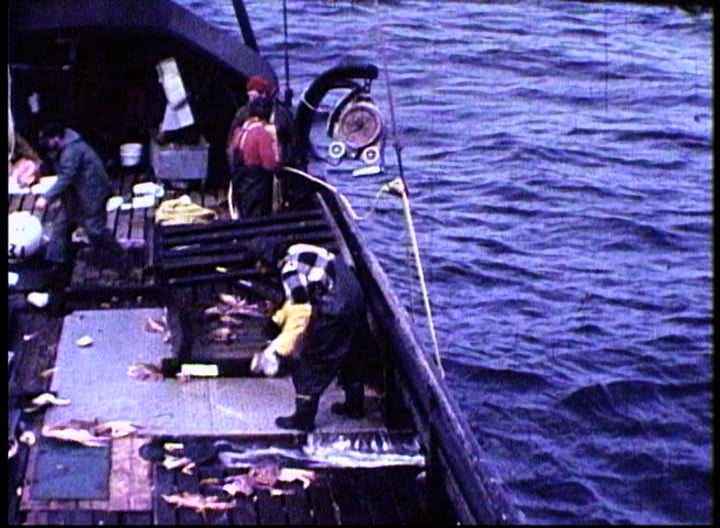ALASKA HISTORY SERIES DOCUMENTARIES
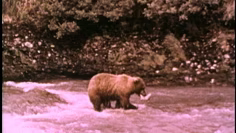
This documentary videotape brings to life a fascinating era in the history of commercial fishing at the last frontier. Featuring film footage dating back to 1926 narrated by industry pioneer Stan Tarrant, The Great Age of Salmon and the PAF is the story of the early fishing industry in Alaska and the Pacific Northwest, and of the Pacific American Fisheries company of Bellingham. Sail to Alaska aboard a windjammer! Fish salmon aboard the Bristol Bay sailboats that operated at the mercy of wind and tide! Climb aboard a fish trap! This is a program history buffs, maritime enthusiasts and fishermen will definitely want to add to their collections. Thirty minutes.
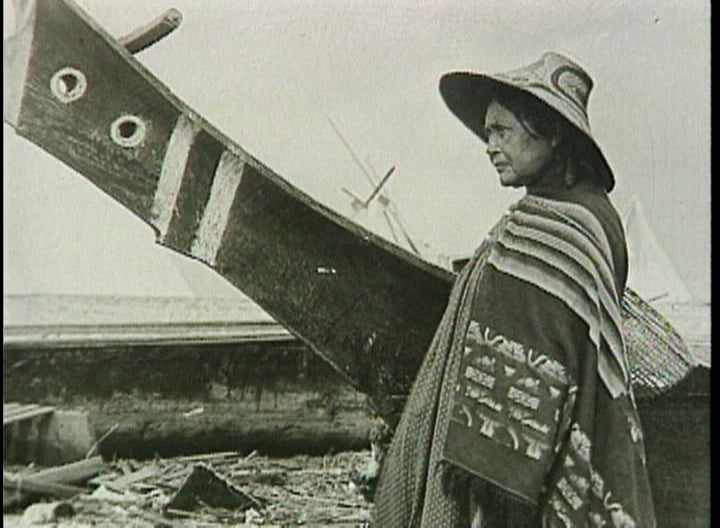
This is the story of fishing pioneers in the Pacific Northwest and Alaska, and of the most efficient and controversial type of fishing gear ever devised, the trap. Listen to the last of the trap men as they tell their tales. Watch historic film footage of the traps that proliferated throughout Puget Sound and Alaska waters. Step inside the tiny shacks where trap watchmen contended with the ever-changing moods of the sea and the lurking presence of the fish pirates. Marvel at the bygone age. Produced in conjunction with the Whatcom County Parks Museum at Semiahmoo. Thirty minutes.
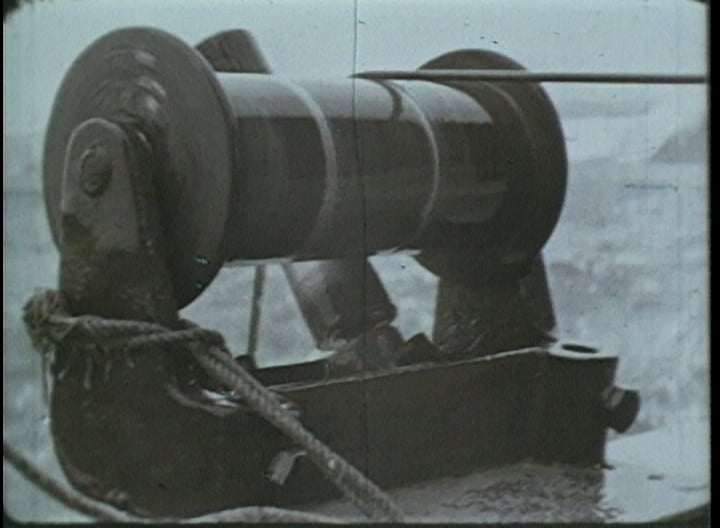
Pacific halibut... Of all the Northwest and Alaska fisheries, this one has the most tradition, the greatest mystique. Like few modern professions, it is an enterprise steeped in its own history. Halibut fishing along the North Pacific Coast began more than one hundred years ago, when the schooners Oscar and Hattie, Edward E. Webster and Molly Adams sailed 'round the horn from Massachusetts in search of the bounty of the last frontier. Amazingly, vessels built near the Turn of the Century remain viable competitors in the contemporary race for profits, and the fishing style, called longlining, is little changed since its inception more than fifty years ago. Now, hear the story from the lips of the longline pioneers. Thirty minutes.
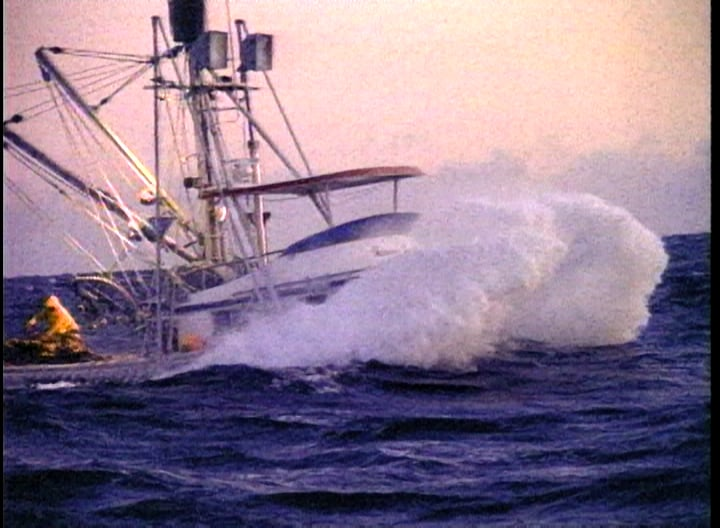
In Southeast Alaska, where the salmon runs are as abundant today as at any time in history, diverse cultures and communities have always depended on the great fish for sustenance of the body and the spirit. This program takes you to Ketchikan, The Salmon Capital of the World, to visit the historic George Inlet Cannery and see first-hand how Southeast Alaska's native inhabitants, the Tlingit and Haida, and subsequent waves of immigrants from the far corners of the earth, have established modern lifestyles with a common bond, their reliance on salmon. Produced in conjunction with the Cape Fox Native Corporation. Thirty minutes.
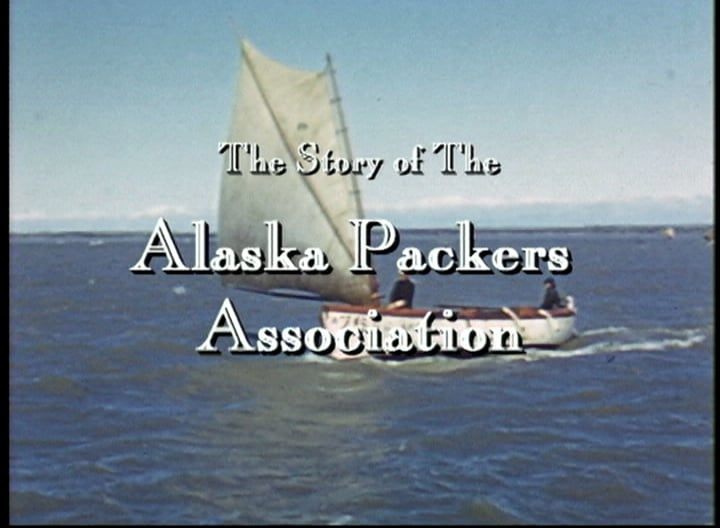
More than gold, more than furs, salmon was the lure that led men north. And, at the turn of the Twentieth Century, the Alaska Packers Association dominated the Pacific salmon industry from San Francisco to Bristol Bay, beyond the Aleutian Chain. In the Alaska territory, where frontier capitalism was utterly unfettered, the salmon cartel used its size, its capital and its Great Star Fleet to subdue the competition. Sign on with the APA and board the last square-rigged ships to work the Pacific Coast, travel to the remotest corner of American industry, brail the traps and haul the gillnets as you enjoy Sockeye and the Age of Sail.
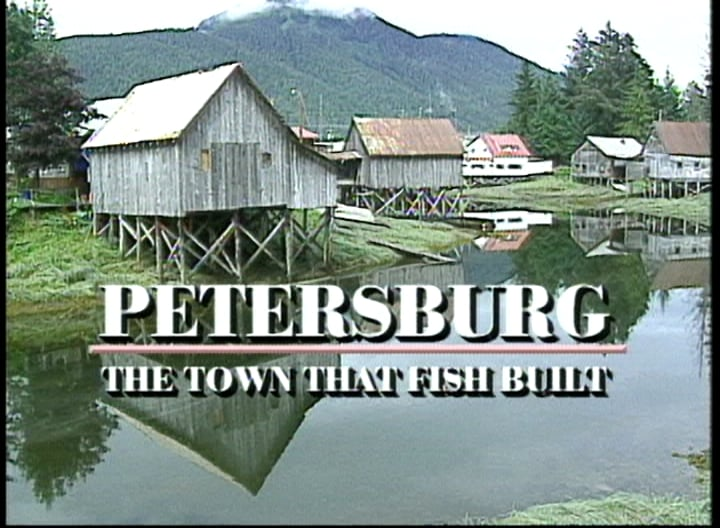
Since Peter Buschmann founded the community that bears his name a century ago, Petersburg has been purely and simply a fishing town. Buschmann's cannery ventures collapsed during the robber baron era of frontier capitalism, but the town referred to as Alaska's little Norway continues to thrive with an economy built almost entirely on fish. When Seattle-based Pacific American Fisheries Company threatened to shut down the town's largest cannery in the Nineteen Sixties, the local fishermen bought the facility and went into business for themselves. Today, this community situated among the glaciers and fjords of Southeast Alaska is not only remarkably prosperous but uncharacteristically independent. Thirty minutes.

During the latter half of the 19th Century, square-rigged sailing ships propelled by the wind and the strength of men's arms left the Seattle waterfront, bound for the Alaska fishing grounds. At the dawn of the 21st Century, factory ships armed with technology worthy of the Starship Enterprise leave the Seattle waterfront, bound for fishing grounds throughout the North Pacific. For well over 100 years, this Northwest city has been arguably the world's greatest fishing port and the hub of an industry that has played a surprisingly important role in shaping the culture and economy of the Pacific Northwest region. Centuries of Fish is a documentary videotape that tells the story of an industry that operates largely out of sight and out of the minds of those engaged in shoreside pursuits. For those who know the sea, however, this industry, the last enterprise in the modern world in which men and women hunt a product in the wild, is an enduring source of sustenance and fascination.
